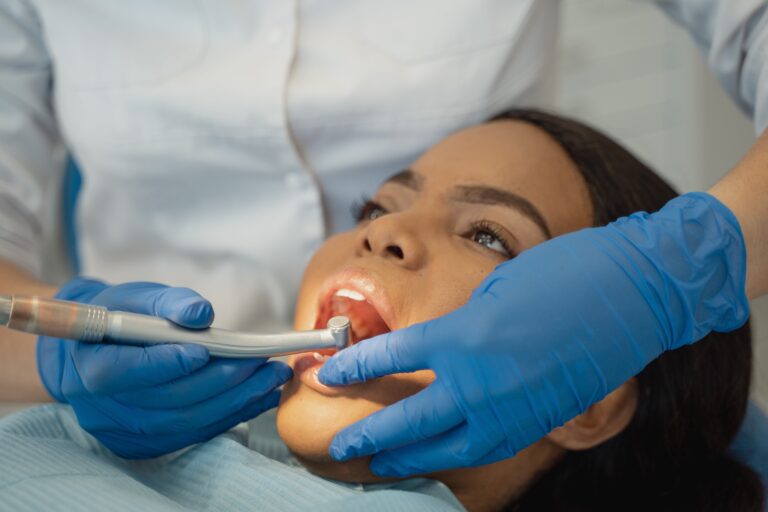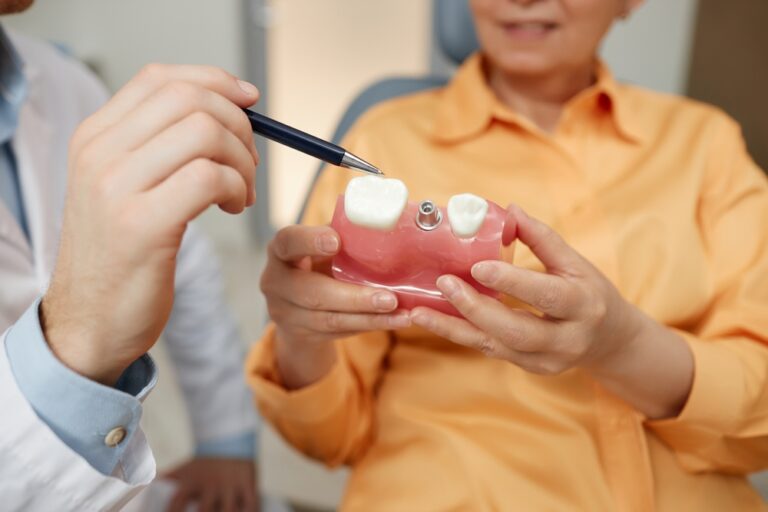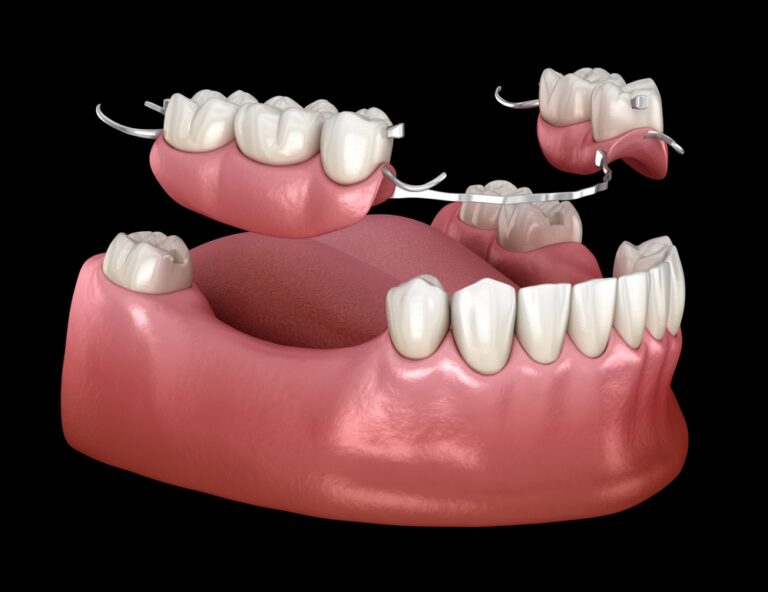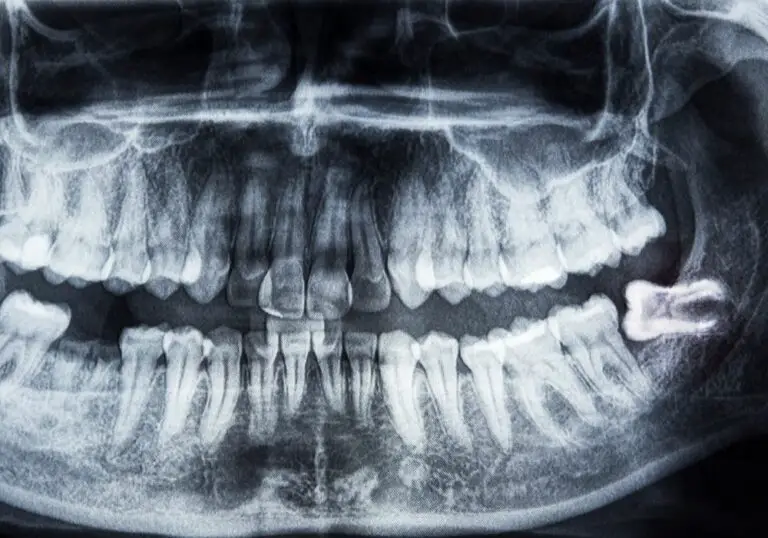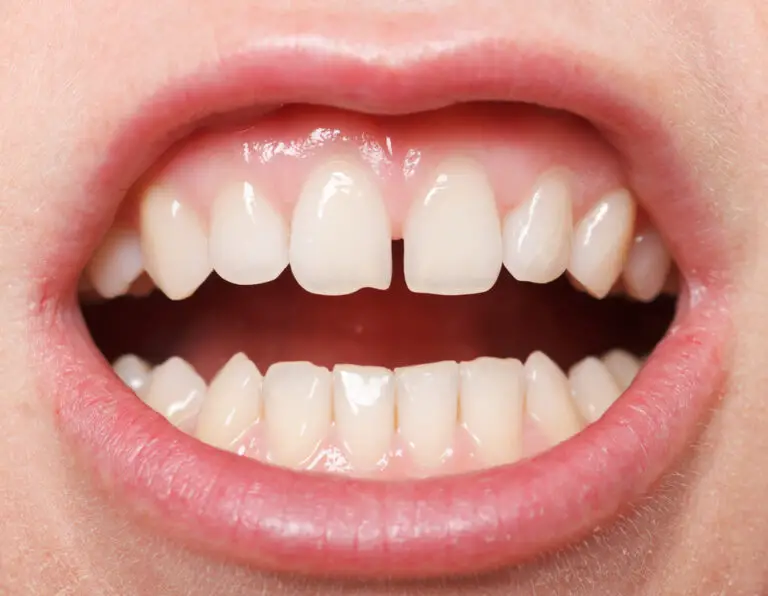Thinking about getting braces? That’s awesome! A killer smile can do wonders for your confidence. This guide will help you prepare for your first local orthodontist appointment, so you can breeze through it feeling informed and excited about your journey to a straighter smile! It’s normal to feel a little nervous, but with a little prep, you’ll be a pro in no time.
Gathering Your Dental Records
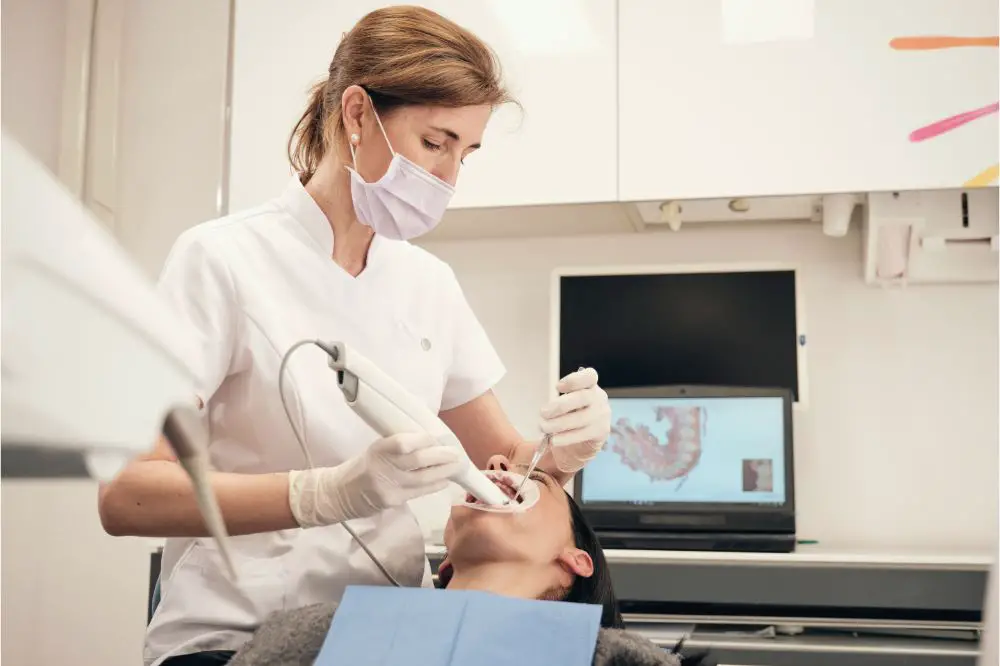
Imagine you’re meeting a new dentist who specializes in braces. They might ask you all sorts of questions about your teeth, but wouldn’t it be easier if they could see your dental report card? That’s what X-rays and past records are like.
By getting copies beforehand, the orthodontist gets a sneak peek at your dental history: past treatments, any current problems, and even how your teeth have grown over time. This gives them a much clearer picture of your smile and what kind of treatment might be best for you. It’s a win-win for everyone!
Your dental records are crucial for the local orthodontist to develop a personalized treatment plan that addresses your specific needs and goals. Bringing all your dental records to the consultation is a great time-saver. That way, the orthodontist can spend more time talking about your treatment options and answering any questions you have about getting a straighter smile. Think of it as having everything you need for a productive meeting!
Preparing Physically
A clean mouth is essential when visiting an orthodontist. Brush and floss your teeth thoroughly before your appointment so your orthodontist will get a much clearer picture of what’s going on down there if your mouth is minty fresh. If you tend to turn into a nervous wreck at the dentist’s office, bring along some calming tunes or practice some deep breathing exercises.
Knowing What To Expect
The first visit typically involves a consultation and initial examination. Here’s a breakdown of what might happen:
Meet the Orthodontist and Team
You’ll have a chance to introduce yourself and chat with the orthodontist and their friendly staff.
Consultation
The orthodontist will discuss your concerns and goals for treatment. They’ll examine your teeth, jaws, and bite.
Imaging Tests
X-rays and possibly digital scans will be taken to create a detailed picture of your teeth and jaw structure. These images help the orthodontist develop a personalized treatment plan.
Being prepared for these steps can help alleviate any anxiety and ensure that you are informed about every aspect of your upcoming treatment.
Communicating Openly With Your Orthodontist
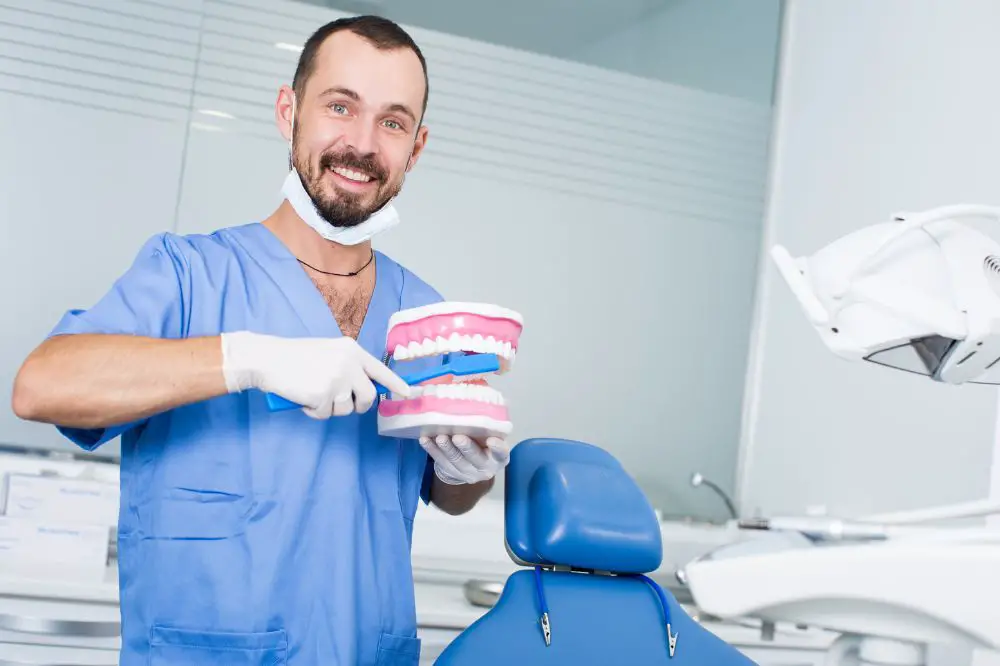
Clear communication with your local orthodontist is crucial. Don’t hesitate to express any concerns or preferences you have regarding treatment. For example, if you prefer a less visible treatment option like Invisalign, mention this during your consultation. Be open about your daily routine, as it can influence the choice of treatment — such as removable devices if you often speak at public events.
The more your orthodontist knows about your expectations and lifestyle, the better they can tailor the treatment to your needs. Discuss any past experiences with dental care that could affect your current treatment, ensuring that your orthodontist has a comprehensive view of what works best for you.
Considering Your Budget And Financing Options
Orthodontic treatments can be a significant investment. Before your visit, review your financial situation and consider how you’ll manage the costs associated with your treatment. Many orthodontists offer financing plans or accept various types of insurance. Here are a few tips to further assist with your financial planning:
Explore Insurance Coverage
Check with your dental insurance provider to understand what orthodontic benefits are available under your plan. Some plans cover a portion of orthodontic treatments, which can significantly reduce out-of-pocket expenses.
Ask About Payment Plans
Many orthodontic clinics offer payment plans that spread the cost over several months or even years. These plans often come with low-interest rates or interest-free periods, making them a manageable option for many budgets.
Look for Promotional Offers
Sometimes orthodontists provide special discounts or promotional offers, especially during certain times of the year or for first-time patients. Don’t hesitate to ask if any promotions are available that could help lower the costs.
Knowing your budget and payment options during the consultation will help prevent any surprises and ensure the treatment plan fits your financial circumstances.
Understanding Treatment Options
Orthodontists offer a variety of treatment options to address different orthodontic needs. Here’s a quick glimpse at some of the most common choices:
Traditional Metal Braces
These are the most familiar type of braces, and they’re highly effective for most orthodontic corrections.
Clear Braces
Nearly invisible, clear braces are a popular choice for adults who want a more discreet treatment option.
Self-ligating Braces
These braces use a special clip mechanism to hold the archwire in place, potentially reducing discomfort and shortening treatment time.
Invisalign
This system utilizes clear, removable aligners that gradually shift your teeth into the desired position.
Choosing the right orthodontic treatment depends on individual needs and preferences. Your orthodontist can help you understand the benefits and limitations of each option to ensure the best outcome for your smile.
Consider Your Lifestyle
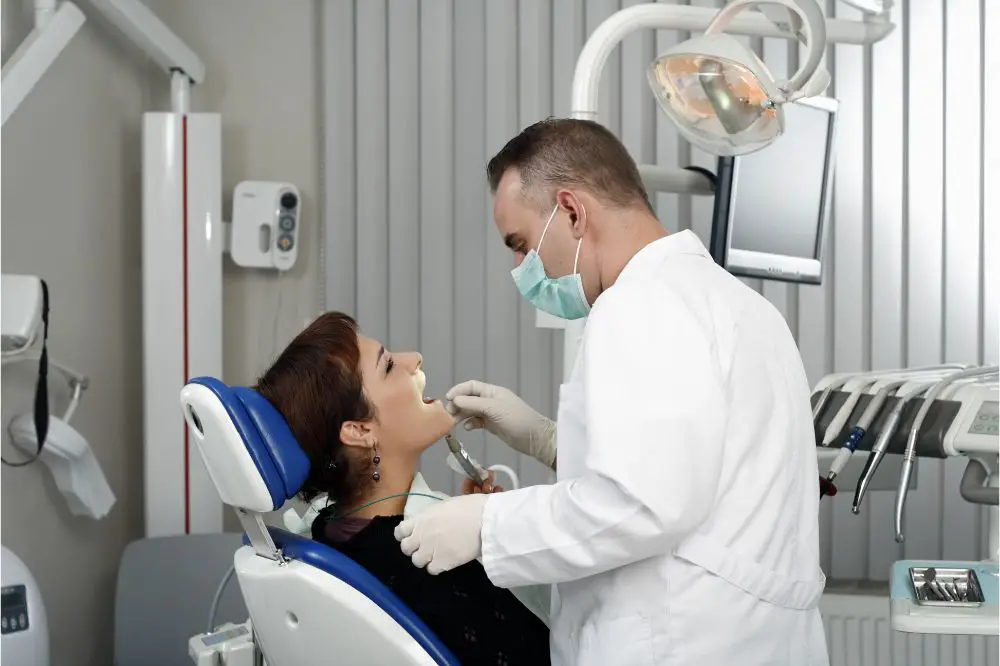
Be upfront with your orthodontist about your lifestyle and any activities you participate in that might affect treatment. For instance, if you play contact sports, you might need special mouth guards to protect your braces. Discussing these factors helps the orthodontist tailor a treatment plan that fits seamlessly into your life.
Caring for Your Smile During Treatment
Maintaining good oral hygiene is crucial throughout orthodontic treatment. Brushing and flossing become even more important, as food particles can easily get trapped around braces or aligners.
The orthodontist will provide specific instructions on how to brush and floss effectively with your braces or aligners. They may also recommend using special dental tools, such as interdental brushes or floss threaders, to ensure thorough cleaning.
Furthermore, regular dental checkups are essential during treatment. Your dentist will monitor your progress, clean your teeth professionally, and address any oral health concerns that may arise.
Conclusion
By following these steps, you’ll be well-prepared for your first visit to a local orthodontist. Remember, this is an opportunity for you to ask questions, learn about treatment options, and feel confident about your decision. With a little preparation, you can take the first step towards achieving a straighter, healthier smile!

